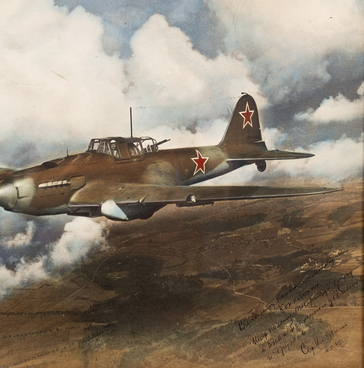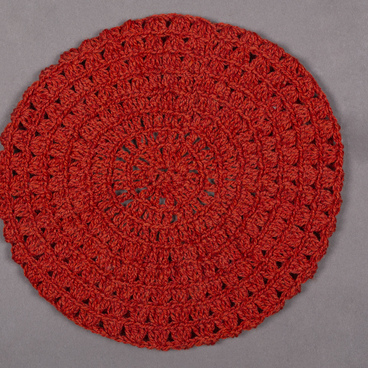The metal alloy kolchugaluminium played an important role in the history of Soviet aviation and metal aircraft construction. In the early 1920s, the question of the best material for airplanes was rather acute. Wooden aircraft construction was developing all over the world, and only the German company Junkers had experience in creating all-metal duralumin aircraft.
In 1922, the USSR signed an agreement with Junkers on the participation of German specialists in the development of Soviet military aviation. It was assumed that German engineers would establish the production of metal aircraft in the Soviet Union. However, Junkers did not fulfill its obligations.
All aircraft were made from parts supplied by Germany. In general, cooperation with Junkers did not justify the hopes placed in this plan. Germany took advantage of the USSR’s trust.
Soviet specialists did not have access to the basic formulas and drawings of German engineers, but thanks to cooperation with the German side, they gained some experience in metal aircraft construction. Soon, it was decided to terminate the contract with Junkers.
In November 1921, Ivan Ivanovich Sidorin submitted a memo to the Main Directorate of the Military Industry “On the Organization of the Russian Aluminum Industry.” The scientist went to the Vladimir region, to the Kolchugino Metallurgical Plant, which at that time was practically closed. There Ivan Sidorin began his research. Already in April 1922, the first laboratory samples of the new alloy were obtained. In July, it was possible to obtain the necessary metal, similar in technical qualities to duralumin.
The new alloy was named “kolchugaluminium” — for the town of Kolchugino where it was developed. It was used to build the first all-metal ANT-2 aircraft designed by Andrey Nikolaevich Tupolev. Its first flight took place on May 26, 1924.
A year later, Russian scientists surpassed their German teachers: under the leadership of Tupolev, the Soviet Union created the world’s first all-metal bomber, the TB-1 (ANT-4) monoplane with engines located along the wing. This design became a classic. Subsequently, it formed the basis of all the “flying fortresses” of the Second World War.



